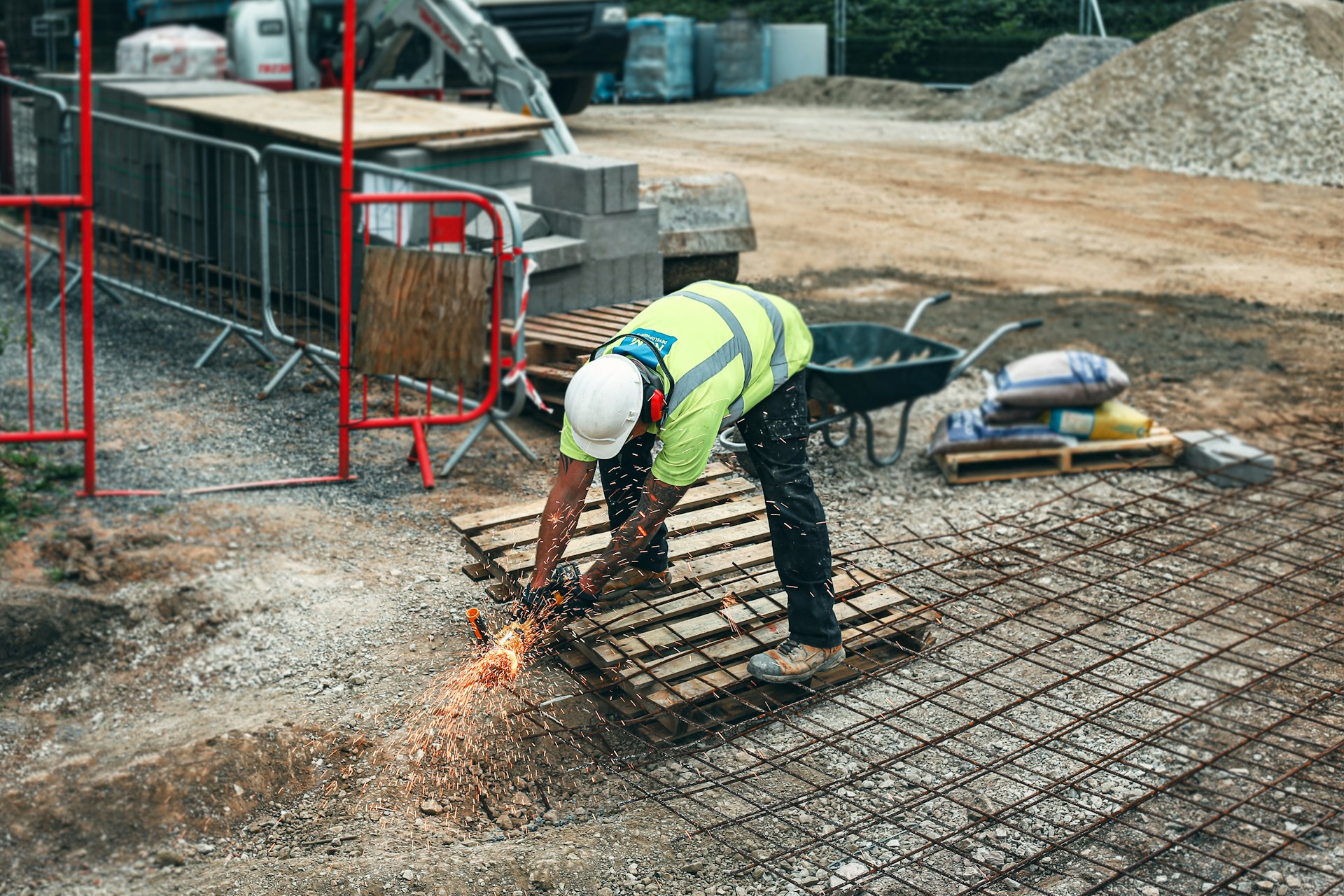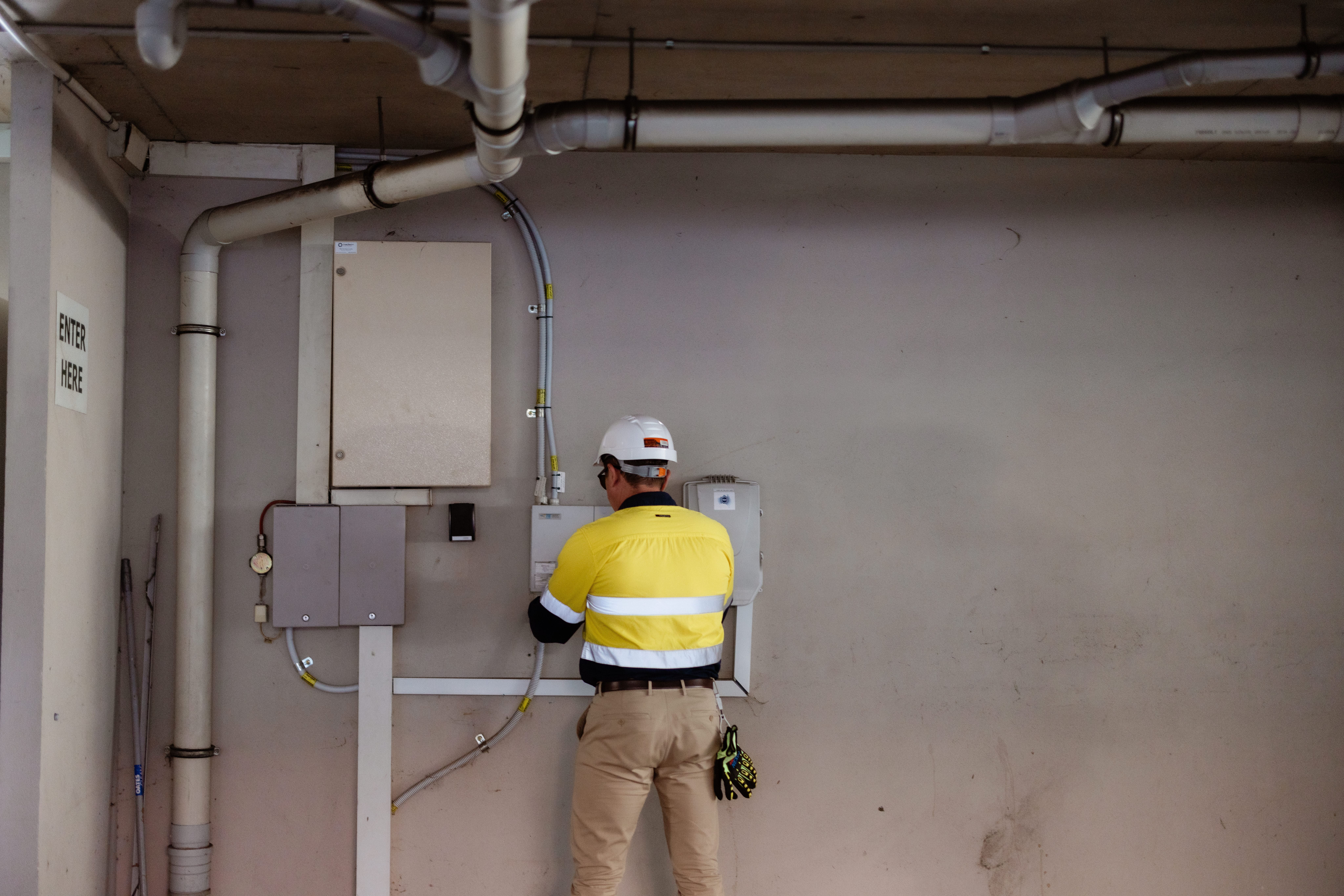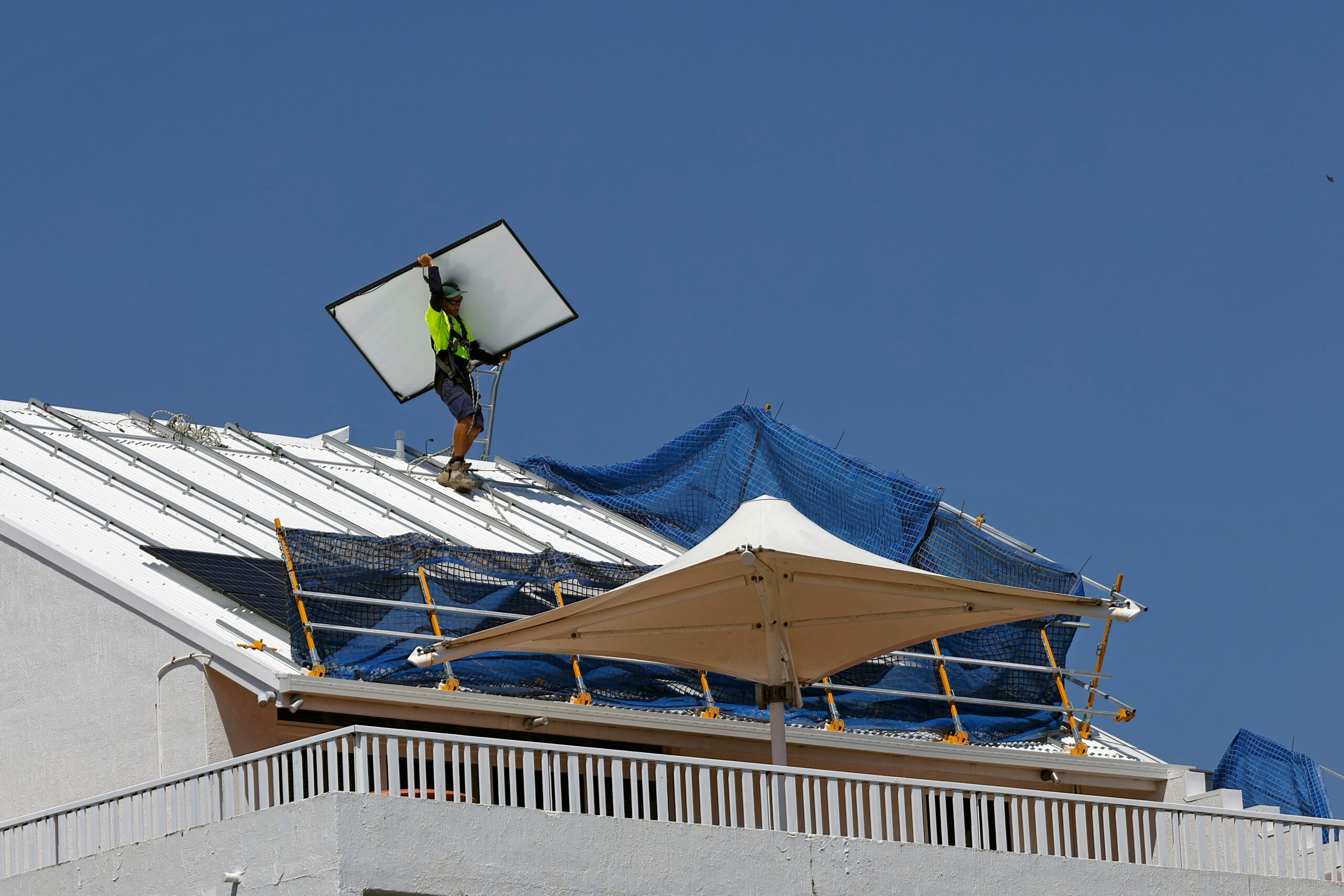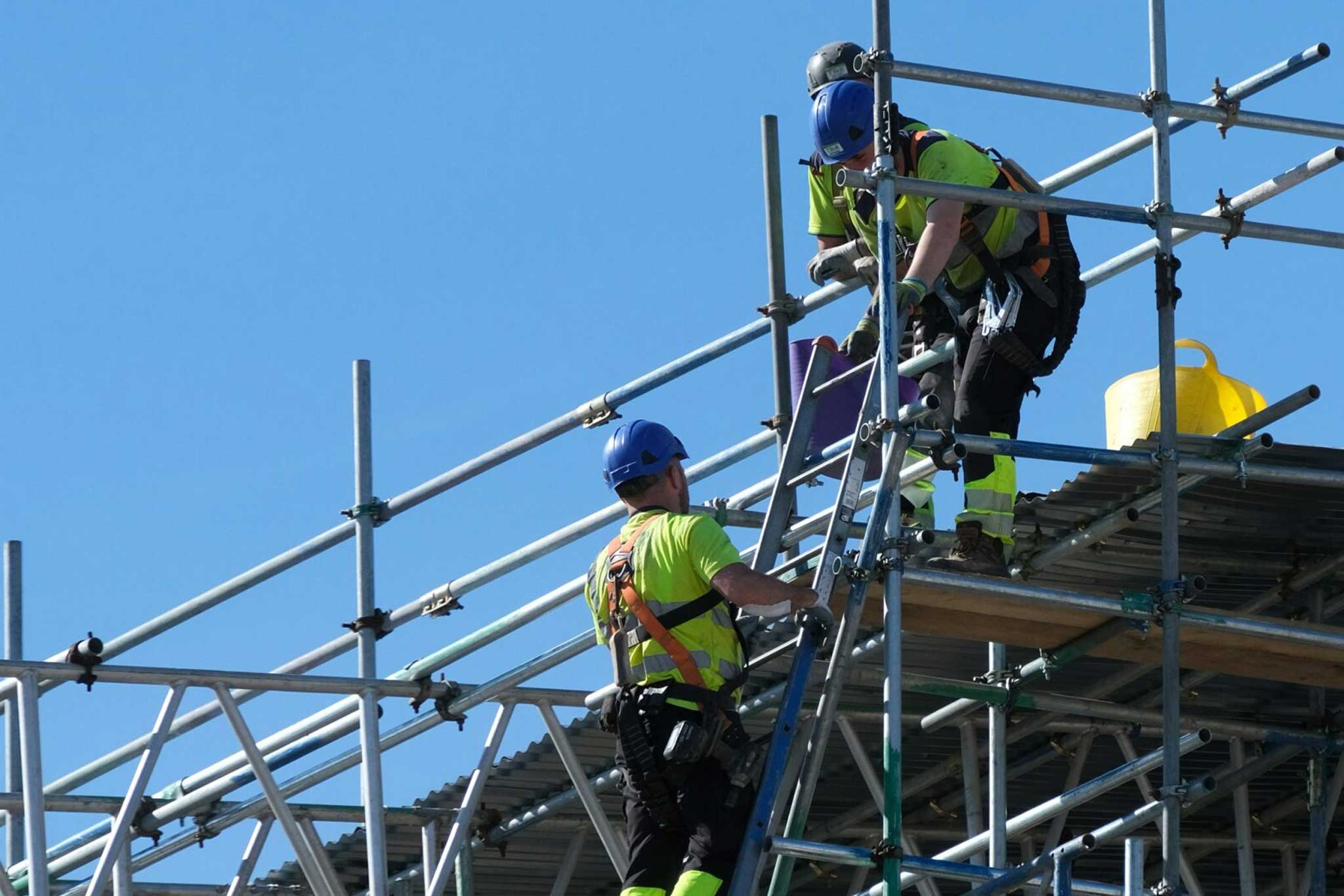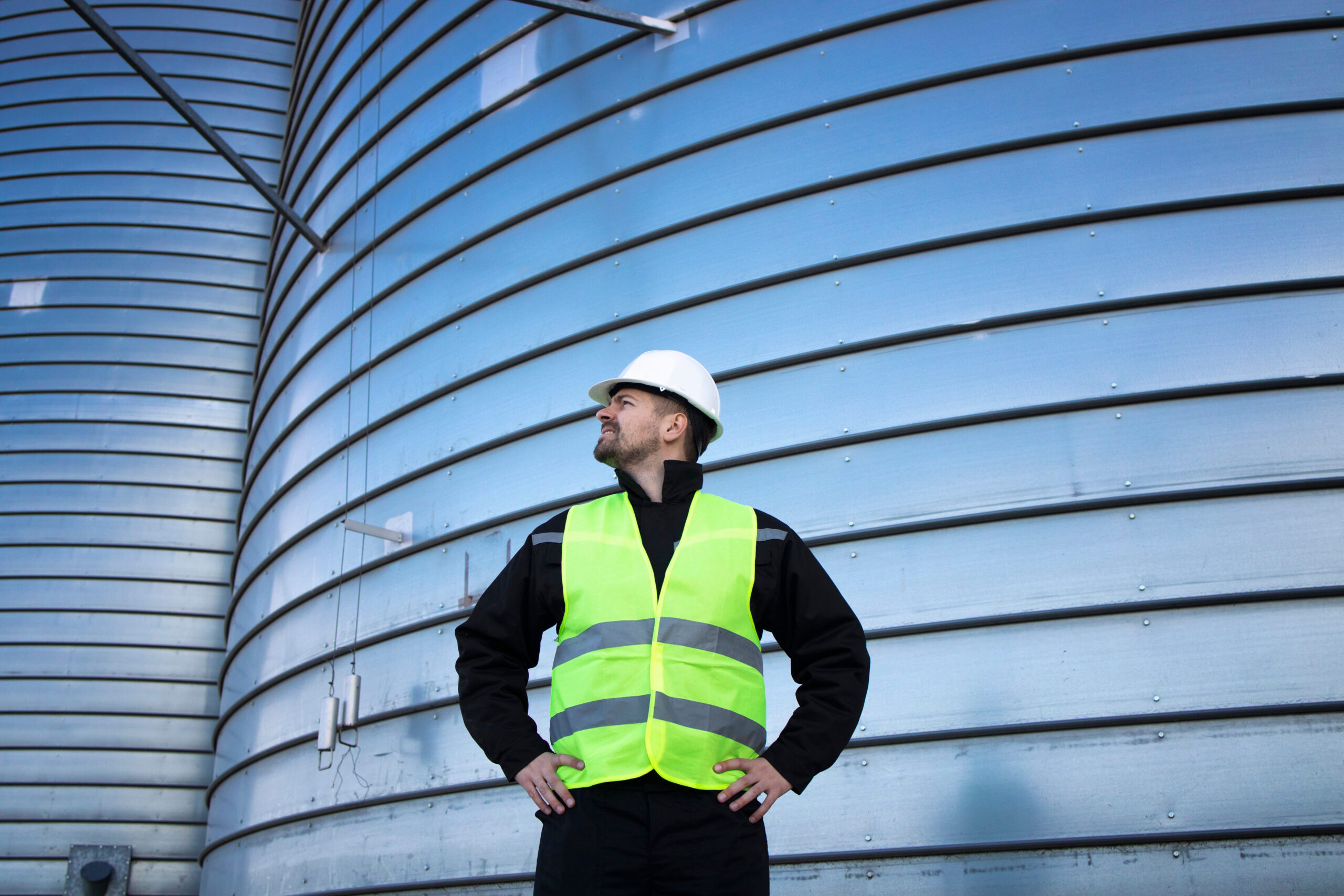Key Takeaways:
- Electricians typically pay between $500 and $2,500 per year for Public Liability insurance in Australia.
- Your premium depends on your type of work, turnover, cover limit, and claims history.
- Most sparkies choose between $5M, $10M, or $20M in cover, depending on job type and licensing needs.
- Public Liability doesn’t cover tools; it protects against third-party injury or property damage.
- You’ll likely need valid coverage to get licensed or quote commercial and government work.
- Bundling with electrical insurance, tool cover, or income protection can improve value and reduce gaps.
If you’re a licensed electrician or running your own small team, you already know the job comes with its risks. From switchboard faults to someone tripping over your cables, even a small mistake can lead to a big bill. That’s where Public Liability insurance comes in.
This guide answers the key question of ‘How much is Public Liability insurance for electricians?’, breaks down what affects the cost, and shows you how to make sure you’re not overpaying for protection you actually need.
Why do electricians take out Public Liability insurance?
It’s not just about ticking a box for licensing or site access. Public Liability insurance is about backing yourself when things go wrong on a job. For most sparkies, it’s required if you:
- Need to hold or renew your contractor licence
- Want access to commercial sites or tenders
- Quote jobs where clients request a certificate of currency
- Want peace of mind if your work damages property or injures someone
You might not make a claim often, but when something happens, this cover can be the difference between sorting the issue or bearing the full cost yourself. For broader protection, most tradies look at bundled electrical insurance options that include liability, tools, and income protection in one.
What it covers (and what it doesn’t)
For electricians, Public Liability insurance typically covers:
- Damage to someone else’s property, like if faulty wiring leads to a surge that damages appliances
- Injury to a third party, like a client or site visitor, tripping over your equipment
- Legal defence costs, if a claim is taken further
It won’t cover your tools (you’ll need Tools insurance for that), and it doesn’t replace Workers Compensation or Professional Indemnity. Think of it as your frontline defence when something affects others because of your work.
Some jobs, especially commercial or government work, may also require specific policy clauses, like Principal’s Indemnity or Cross Liability. These can be arranged when needed, but it’s worth checking the contract details upfront.

What impacts the cost for electricians?
Premiums vary based on the kind of work you do, the size of your business, and your claims history. Here’s a breakdown of what typically influences pricing:
The type of work you do
- Lower risk: Domestic lighting installs, basic rewiring, switchboard upgrades
- Moderate risk: Small commercial fit-outs, cafes, retail spaces
- Higher risk: Hospitals, data centres, work at heights, industrial sites
Jobs involving high-voltage systems, batteries, solar installs, or large-scale commercial contracts may carry more risk in the insurer’s eyes.
Your business structure
If you’re a solo operator turning over less than $100K, you’ll likely fall into a lower pricing tier. As your business grows, more turnover, employees, or subcontractors, the cost usually increases to match the greater exposure.
Your claims history
A clean record helps. If you’ve had a few claims, even minor ones, that can push the cost up. Insurers often focus more on patterns than one-offs.
Keeping strong safety systems in place, including basic site checks and risk controls, can help you maintain a clean history and keep premiums down over time.
Your cover limit
Most electricians choose:
- $5 million for basic domestic jobs
- $10 million for a mix of residential and commercial
- $20 million when quoting government, council, or large-scale contracts
Higher cover limits mean more protection, but also increase your premium. It’s about matching your limit to the kind of work you take on.
Where you operate
Different states have different stamp duty rates, and insurers consider your postcode too. For example, a commercial electrician in Sydney or Melbourne may pay more than someone working in regional WA, even with similar revenue.
Realistic cost guide for 2025
So, how much is Public Liability insurance for electricians in Australia right now? Here’s what sparkies are typically paying:
| Work Type | Turnover | Cover Level | Estimated Annual Premium |
|---|---|---|---|
| Domestic only | Under $100K | $5 million | From $500 |
| Domestic + commercial | $150K–$250K | $10 million | $850–$1,400 |
| Commercial/industrial mix | $300K+ | $20 million | $1,800–$2,500+ |
These are estimates only. Your actual premium will depend on the kind of work you do, where you operate, and your past claims.

Keeping your premium in check
You don’t have to cut corners to save on your insurance. Here are a few ways you can keep your costs fair:
- Make sure your policy matches your work; don’t pay for cover you don’t need
- Avoid lodging small claims if you can handle the fix yourself
- Bundle Public Liability with tool insurance or income protection if it suits your setup
- Check whether subcontractors are included in your policy or need their own
- Review your policy each year, especially if your revenue or work type has changed
Licensing and tender requirements
In most states and territories, Public Liability insurance is a licensing requirement for electrical contractors. While the specifics vary, having valid cover in place is essential whether you’re applying for a licence, renewing it, or quoting work.
Here’s how it plays out in a few key regions:
- QLD, VIC, and WA all require electricians to hold a minimum of $5 million in Public Liability cover.
- In QLD, your policy must also include a Consumer Protection endorsement, with at least $50,000 in cover, specifically noting QLD electrician compliance.
- In NSW and SA, holding this insurance is not a compulsory requirement for the state licence itself. However, it is a practical necessity, as you will almost always be required to provide proof of cover by head contractors and clients before being allowed on-site.
- In NSW, small businesses under $2 million turnover may also be eligible for a stamp duty exemption on their policy, which can reduce costs.
- For tenders and commercial jobs, it’s common to be asked for $10 million or $20 million in cover, especially on government, council, or high-risk sites. You’ll also need to supply a current certificate of currency before work begins.
These different requirements, from state licensing to major commercial tenders, are a major factor in how much public liability insurance for electricians costs.
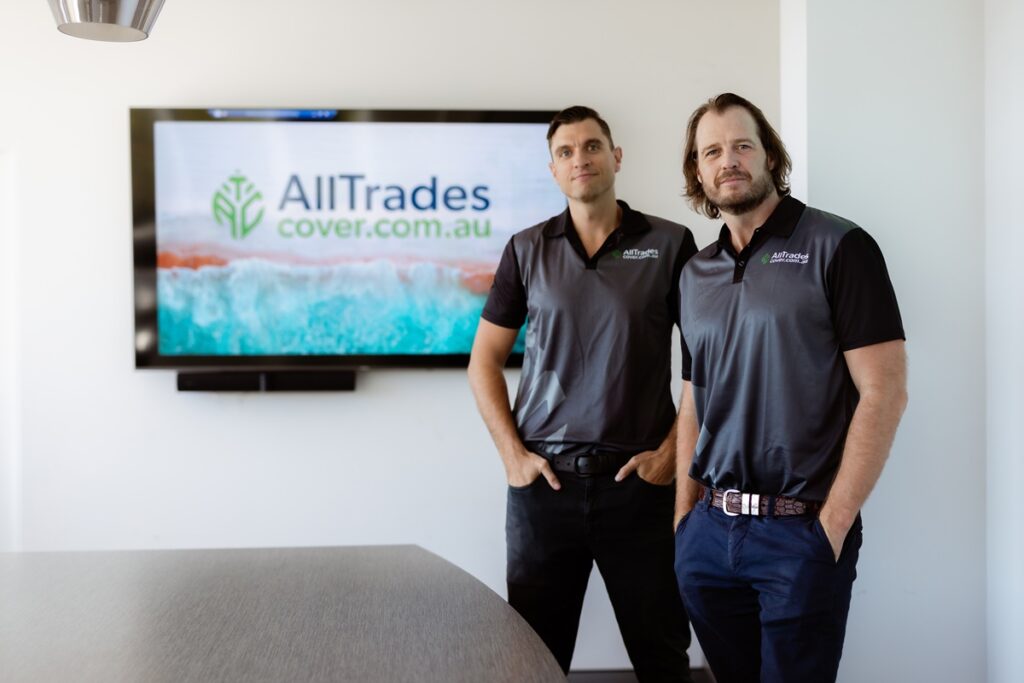
Get covered the right way
If you’re asking ‘How much is Public Liability insurance for electricians?’, it’s not just about the numbers but getting the level of cover that fits the real risks of your work.
The jobs you quote, the clients you work with, and the sites you step onto all come with different requirements.
At All Trades Cover, we work with electricians across Australia to make sure their insurance lines up with how they actually operate. No unnecessary extras. No hold-ups when you need paperwork. Just practical protection that does the job.
Start with a quick quote today with our team today and only pay for what you need.
Frequently Asked Questions
- How do I know how much Public Liability insurance I need?
It depends on the work you’re quoting. $5 million is often enough for small domestic jobs, but $10–20 million may be required for commercial, council, or government work.
- Does Public Liability insurance cover subcontractors I hire?
Not always. Some policies include subcontractor cover, while others don’t. If you use subbies regularly, it’s worth checking your policy or speaking with a broker to avoid gaps in cover.
- Can I get Public Liability insurance if I’m just starting out?
Yes. Even new electricians or solo operators can get cover. You’ll usually need to estimate your expected turnover and choose a cover limit that matches the work you plan to do.
- Can I bundle Public Liability with other trade insurance?
Absolutely. Many electricians choose to bundle Public Liability with Tool cover, Professional Indemnity, or Personal Accident & Illness insurance, especially when using a business pack. While bundling won’t always reduce your overall premium, it can streamline your cover and help avoid protection gaps across policies.
- What happens if I don’t have Public Liability insurance?
You could be personally responsible for any injuries or damage caused by your work. You might also miss out on jobs that require a certificate of currency, including council or builder contracts.




